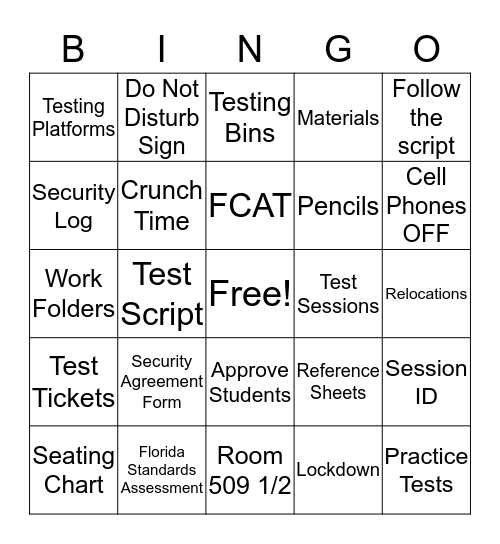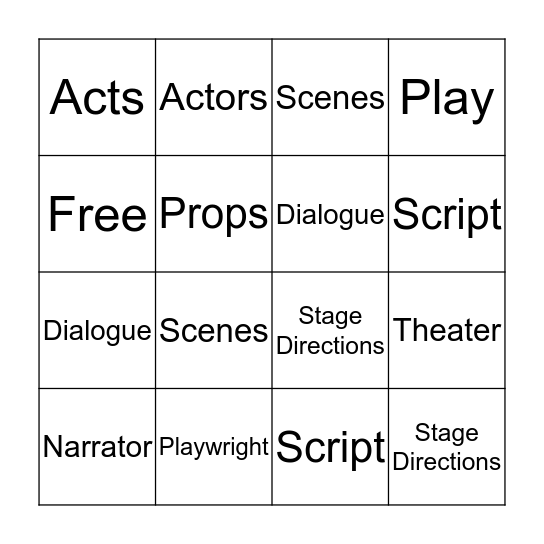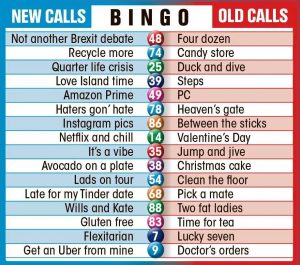
Make some bingo biscuits (see Understanding the world) to share for snack. Sing the ‘Bingo’ song (see Expressive arts and design). Invite people to think of new bingo calls for different number combinations. Fill with numbers, words or people, and play live bingo! Send out invitations covered in different numbers. Use chalk to draw three-by-three, or four-by-four grids on the playground. There are many bingo and lotto games available for children that use cards with numbers or pictures, varying from animals or bugs, to sound sources and musical terms. Invite them to bring in any versions of bingo to share and use alongside games made by the children themselves (see below). Organise a special day at your setting to invite parents, carers and friends to come and play different versions of bingo and lotto with the children.


Print off some picture versions from or Try the Animal Sounds bingo from and explain to the children that the expression ‘eyes down’ is used at the start of a game of bingo, and off they go. Make a collection of different bingo and lotto games for the children to play together in pairs and groups. Personal, social and emotional development If all the numbers in a line are checked the player can call out ‘top, middle or bottom line’, and if the whole card is checked the player can shout out ‘Full house’ or ‘Bingo’. If the number is on a card it is marked off with a cross. The bingo caller starts the game by saying ‘Eyes down’ and then calls out a number often using traditional bingo calls. In the USA, 75-ball game, the cards are different with five by five boxes, the word BINGO printed at the top and the middle box left blank (Free Space). In the traditional 90-ball bingo game, each player has their own bingo card or ticket containing up to 15 numbers in columns – three rows of nine boxes. When one player enthusiastically shouted ‘Bingo’, instead of ‘Beano’, Lowe decided to use that name for the game he subsequently marketed in the United States. One popular story explains how it became known as ‘Bingo’.Īn American toy salesman called Edwin S Lowe was watching a game using beans to cover the numbers on small cards. The game was changed from country to country – in France it was called ‘Le Lotto’ in the army it was called ‘Housey-housey’, and in the navy, ‘Tombola’.

It is thought to be related to the Italian lottery – Lo Guico del Lotto d'Italia that dates back to 1530. The fourth article in this series explores the ever popular game of Bingo, still played by over 100 million people all over the world today! There are may ways that different versions of Bingo or Lotto can be used with early years children to develop number and literacy skills, alongside following instructions, organising a Bingo evening and creating new forms of Bingo involving sounds, pictures, music and movement.īingo, the game, is a type of lottery or ‘game of chance’ and stories of its origins are varied and tricky to pin down.


 0 kommentar(er)
0 kommentar(er)
